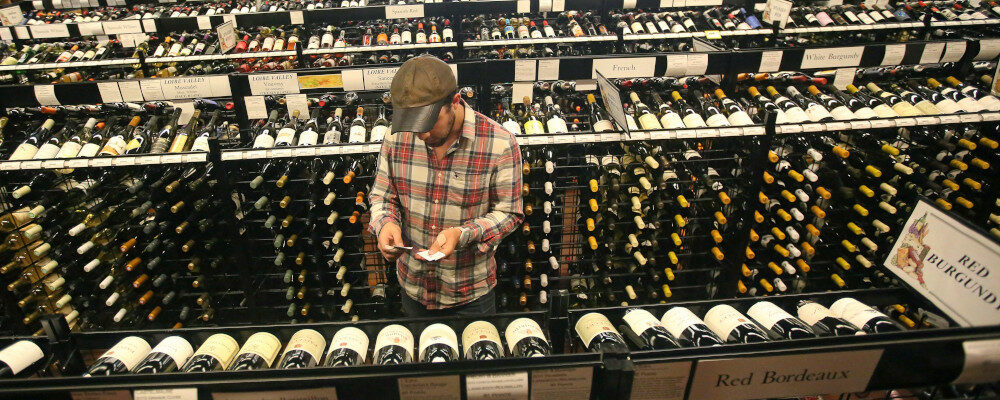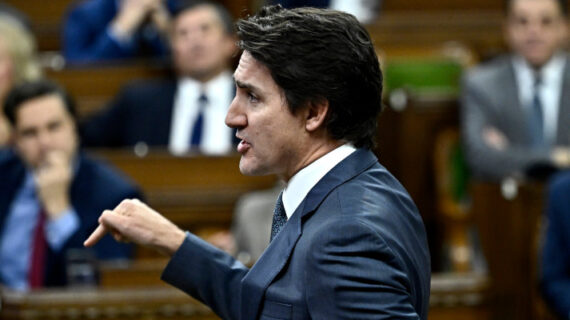Two bottles of wine passed across my table this autumn got me thinking about critical mass and wine. One cost $26.95 and was made just over 50 kilometres as the crow flies from my home, in Niagara-on-the-Lake. The other cost $18.95 and was made just to the south of Florence in the hills of the Chianti Classico. Each in its own way shows how size can matter, in a good way.
The 2020 Inniskillin Montague Vineyard Chardonnay is a fine and fancy white wine, with racy acidity tempered by core fruit and a touch of wood spice. It’s drawn from a single vineyard by the Four Mile Creek, which holds a place of pride for a winery.
The 2018 Clemente VII Chianti Classico is a well and solidly-made, food-friendly red wine, with dark cherry and Mediterranean scrub notes. It’s from the biggest co-operative winery in the prestigious DOCG region. By the account of an American importer, the Castelli del Grevepesa makes 15 percent of all the wine in Chianti Classico, and this wine, named after a 16th-century Medici Pope, is one of its most popular brands.
One of my favourite themes to write about over the years is how winemaking and the tastes of wine drinkers are susceptible to fashion and trends. If you stick around long enough some of them go and come back. (Is it just me or is oak creeping back into more and more whites?) But one selling point that’s always on trend is a small, boutique, or craft winery.
If there is an area of commerce in which a lack of supply drives a greater surplus of demand than wine, then I don’t know it. This dynamic is the only way to explain how a 750-millilitre bottle of liquid that contains somewhere between 88 and 85 percent water can fetch four figures or more. The smaller the production of the winery that makes wine grapes grown in the smallest possible location, the better will be the wine.
Of course, wine like anything else is regularly—indeed, mostly—made on economies of scale. Walmart makes more money than Holt Renfrew. It’s just that the big producers don’t often brag about it. It’s hard to describe a wine as particularly special if there are a few million bottles of it made every year.
Apart from the taste, and the reasonable price, what I liked about both the Inniskillin Montague Chardonnay and the Grevespesa Clemente VII Chianti Classico is that their producers are proud to be big players and happy to tell you so to your face…or the next best thing, which these days is a Zoom call. I found this out when I talked to a representative from each winery recently.
Nicholas Gizuk was in the process of completing his second harvest as Inniskillin’s head winemaker when I spoke to him last month. Before that, he served as assistant winemaker to Bruce Nicholson at the Niagara winery for three years and spent another six years working in the cellar prior to that. In a typical year he’ll oversee the winemaking from 6,000 tons of grapes sourced from all over the Peninsula.
Half-jokingly, the South African vintner Mark Kent once told me, “Never trust a winemaker who doesn’t make cheap wine, because that’s where the mistakes go.” I am not implying that Nick Gizuk makes cheap wine or mistakes, but I do think that a winemaker who is responsible for more than a few barrels brings a certain breadth of experience and perspective to all of their wines, and maybe especially the rarer ones, which sometimes do not get made in disappointing years.
“It’s nice to work with vines that are 30 or 40 years old,” Gizuk told me, explaining that beyond his own experience he draws on the institutional memory of the winery that’s nearly 50 years old—ancient by Canadian standards—and growers that have worked with Inniskillin since the 1980s and ’90s.
“We’re a small winery and a big winery at the same time,” he added, underlying the point that Iniskillin’s bigger brands set the foundation, and give him and his team the freedom to take particular care with the boutique products like the Montague.

Paulo Nevini is the export manager for Castelli del Grevespesa and began our conversation by repeating the co-operative’s mantra and creed: “We are the largest family of Chianti Classico.”
When I complimented him on the 2018 Grevespesa Clement VII and its competitive price of $19 a bottle (in Ontario), he smiled and said, “You have to remember we are always a competitive winery, and we are always researching new techniques and looking for a higher quality of winemaking.”
Grevespesa’s history, like many of Europe’s co-operatives, can be divided into two parts. Originally they were set up to set a floor for the price growers got for their crops; a way for small landowners to combine forces to negotiate with buyers. Once the floor was set, then the emphasis was on production. The more you grew the more money you made since the co-operative guaranteed the sale.
That model only worked if consumers were willing to buy the wines the co-operatives made, and by the 1990s consumers shifted away from quantity towards quality, drinking less of the more expensive wines. The smart co-operatives saw the writing on the wall and pivoted to hiring expert winemakers and viticulturists and pooling their capital into state-of-the-art facilities.
Nevini also explained that because the holdings of Grevespesa are spread far and wide across the Chianti Classico territory they can blend and source wine from disparate sites. For instance, using more grapes from cooler, high-altitude sites after a hot summer. A bigger winery really does have more tricks up its sleeves and can maintain a high quality-to-price ratio, even in difficult years.




